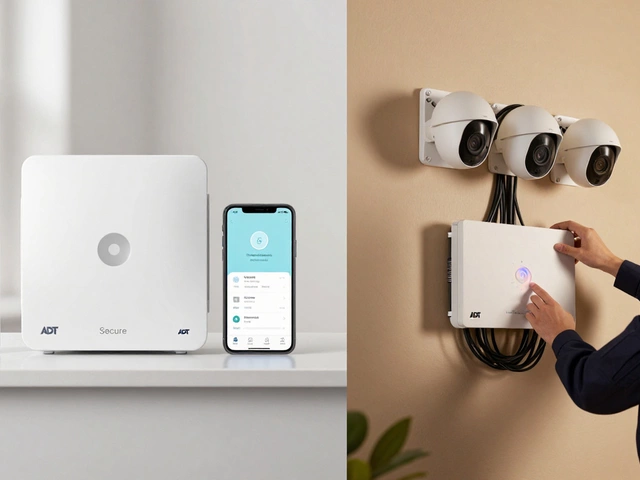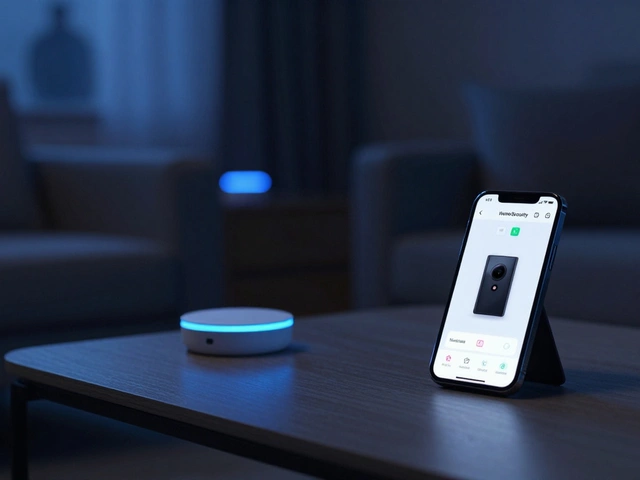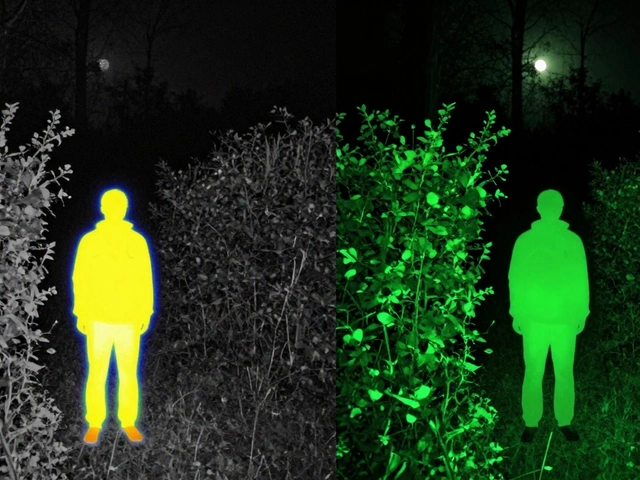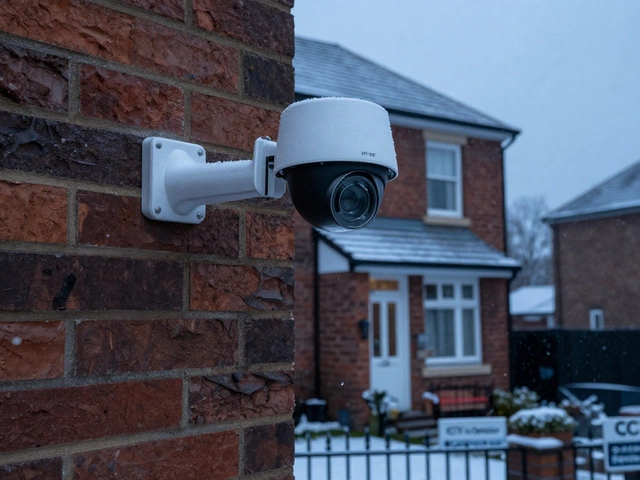If burglars want an easy score, the sight of a Ring doorbell blinking at them just might spoil their night. Scroll TikTok or check neighborhood forums and you’ll hear people swear their Ring footage has freaked out would-be prowlers or at least handed cops a solid mugshot. But are these stories just urban legend, or does that shiny video doorbell really make a difference on your front porch? The answer is as tangled as the cables behind your TV—and the facts are a lot more interesting than you think.
What the Research and Real-World Data Say About Ring and Burglary
Let’s skip the hype and look at what studies, stats, and even police reports say about Ring as a burglar deterrent. One of the most cited studies is from 2019, when the University of North Carolina at Charlotte's Department of Criminal Justice & Criminology released an eye-opening survey: they asked 422 actual convicted burglars how close they’d gotten to breaking into homes with visible cameras. The result? A whopping 60% said they'd completely avoid homes with visible cameras or other security tech. That wasn’t just theory—these were people with firsthand experience of casing houses, not armchair pundits.
But Ring isn't just any camera. Its calling card is the combo of video monitoring and motion-activated alerts right to your smartphone. The company claims their devices can cut neighborhood crime, referencing their own "Ring Neighborhoods" pilot projects. In one such test in Los Angeles (2015), LAPD noted a 55% drop in burglaries across areas where dozens of Ring doorbells went up. Critics later challenged the study's small scope and limited timelines, so it's not gospel, but it grabbed officers’ attention coast to coast.
Numbers tell one story—what about what burglars actually say? British security group Co-op Insurance did a 2021 survey of 12 ex-burglars. Over half told them they’d skip homes with a video doorbell or smart cam, especially if the lens pointed right at the street. The reason? Not just the risk of getting caught, but word gets around that some neighborhoods now pass around Ring videos to police and each other faster than TikTok memes. It’s one thing dodging a homeowner; it’s another knowing your face might go viral on the local Facebook group.
Here’s a quick snapshot of public research on visible cameras and crime, including Ring:
| Study Source | Year | Burglars Deterred by Cameras | Other Findings |
|---|---|---|---|
| UNC Charlotte | 2019 | ~60% | Many avoided houses with any visible security device |
| Co-op Insurance (UK) | 2021 | ~50%+ | Audio warnings and lights also helped |
| LAPD Ring Pilot | 2015 | 55% fewer burglaries | Small test group, short period |
But not every burglar acts the same way. Bold or desperate people sometimes ignore cameras, and Ring’s own videos show both sides: some intruders flee as soon as the light kicks on, while others try to cover the lens or charge ahead. Studies from the UK have pointed out that criminals sometimes target homes where they guess cameras are fake—or where the footage likely isn’t monitored, like with cheap dummy cams.
So, if you’re banking on a sticker or a single camera, results will vary. But smart tech like Ring has definitely raised the risk for burglars who used to take their time. Back in the 90s, a burglar might take 8-12 minutes inside a house. Now, in suburbs loaded with video alerts, that timer’s a lot tighter. Any sign of movement near a front door camera can have phones buzzing and neighbors peeking out their windows in seconds, not minutes.
Let’s hear what the cops say. In a New York Times interview, Officer Dana Stevens from LA’s Wilshire Division put it simply:
“Burglars are opportunists. Most will leave if they think there’s a chance they’re being recorded, especially when a doorbell like Ring sets off an alert and neighbors start looking.”
It’s not a bulletproof wall, but it sure raises the pain for burglars—both pros and amateurs.
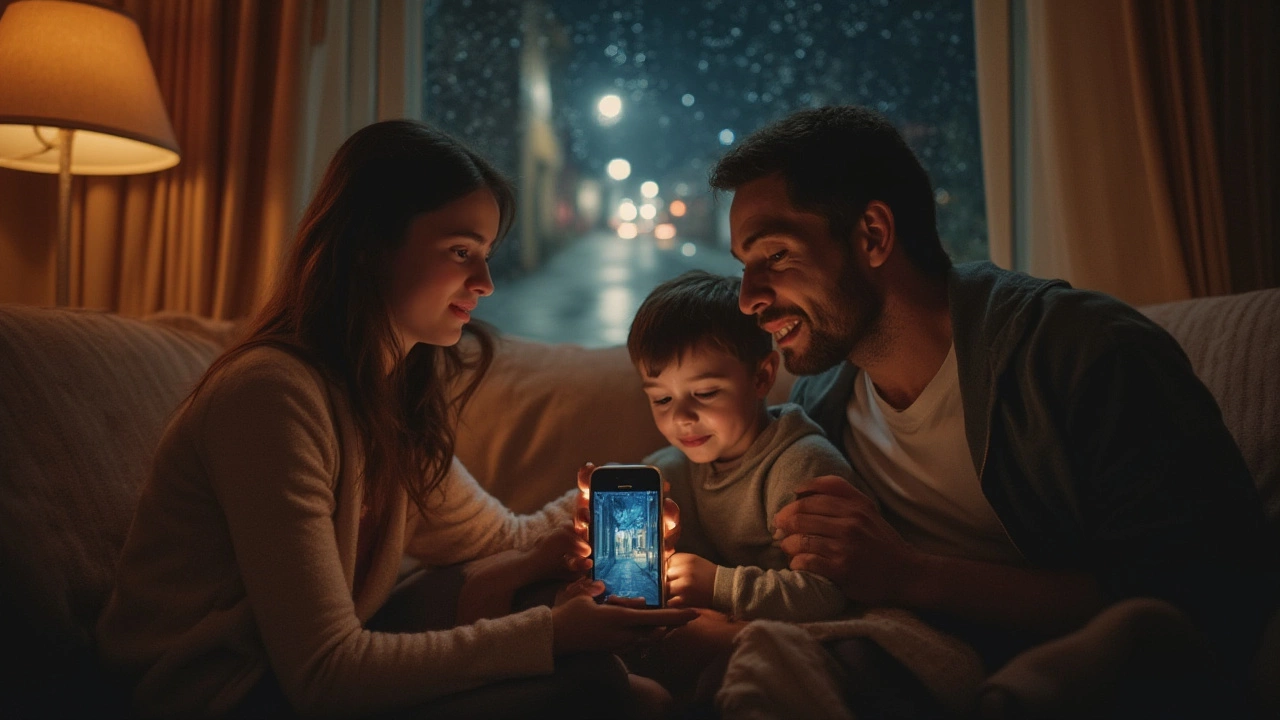
The Psychology of the Burglar: Why Ring Works (and Sometimes Doesn’t)
Time to get into the head of the guy sizing up your porch. Most burglars aren’t criminal masterminds with elaborate plans—they're regular people acting on impulse, hoping to slip in and out fast without attention. When they see a Ring, a few things happen:
- Visibility: Ring is obvious. It lights up, chirps, and sometimes even speaks. That’s usually enough to make an opportunist think twice.
- Fear of Identification: Shows and movies love the "ski mask" trope, but in real life, most burglars wear regular clothes. If their faces pop up on video—even if it’s a grainy shot—neighbors and cops may recognize them. The rise of facial recognition hasn't helped, either.
- Uncertainty Factor: With smart alerts, burglars don’t know if you’re right behind the door, five minutes away—or watching live from another state with the cops on speed dial.
- Neighborhood Networks: Apps like Neighbors (now rolling into Nextdoor and other platforms) turn scattered Ring cams into an impromptu „town watch.“ If a suspect appears once, their face might land on every phone in the neighborhood within minutes, upping the heat.
But it’s not foolproof. The digital arms race is real. Some burglars cover their faces with a hoodie or scarf, go straight for the doorbell to rip it down, or trigger old-fashioned alarms elsewhere to create a distraction. Teen vandals and package thieves sometimes seem to treat Ring recordings like a badge of honor – just watch the endless prank videos online.
And not every home with a Ring is actually safer. A study out of Rutgers in 2017 found smart devices work best when paired with "layers" of security: decent locks, outside lights, even just keeping mailboxes clear. If your lawn is overgrown and there’s flyers stacked on the porch, a camera might not fool anyone into thinking you’re home, no matter how fancy.
Another thing: Ring can’t stop inside jobs. Most burglaries are still committed by people who live within a few miles, sometimes even by acquaintances. If they know how to dodge or disable your camera, all bets are off. Remember, Ring records video and sometimes audio, but can’t lock doors or physically stop someone—all it can do is warn and document.
But here’s where it actually wins: the sense of control. The FBI’s 2022 Uniform Crime Report flagged that while break-ins dropped nationwide, people with obvious video cameras reported higher peace of mind—which means not just fewer actual crimes, but less fear of crime. That’s a real, if less tangible, benefit.

How to Get the Most Out of Your Ring: Tips and Pitfalls
So you’ve slapped a Ring deterrent on the door. Nice—but you’re not done. There’s a right and wrong way to use video doorbells if you want to keep burglars at bay. Here’s the stuff that actually makes Ring work:
- Pick the right spot: Mount the Ring at eye level and angle slightly down so it gets faces—and not just hats or hoodies. Avoid high placements that only catch the tops of heads.
- Pair with lights: Outdoor lighting triggers Ring’s best footage and makes your camera visible at night. Motion-activated floodlights are awesome partners for video doorbells.
- Let people know: Even if your state doesn’t require it, a sign or sticker near the door works as another deterrent. But don’t overload your home with fake warnings—you want to look serious, not paranoid.
- Check your Wi-Fi: Slow or unreliable connections make Ring footage lag or miss events. Invest in a good mesh Wi-Fi setup or a range extender if your door isn’t getting a solid signal.
- Adjust motion zones: Set Ring to ignore the street but pick up movement close to the door or porch. Nobody wants constant alerts for every passing squirrel or truck.
- Share wisely: If you catch something suspicious, use privacy-respecting features when sharing with neighbors or police. Blurring faces or license plates of bystanders protects everyone’s rights.
Some pitfalls to dodge? Don’t trust Ring to call 911 for you—most versions only alert your phone unless you’ve subscribed to their professional monitoring. Be careful where you point your camera: in some places (like California and parts of Europe), recording audio or aiming across the street is a legal gray area, and nosy neighbors sometimes sue.
Be alert to cybersecurity. Stories pop up about hackers accessing Ring feeds with stolen passwords. Always turn on two-factor authentication, change your password every few months, and only let trusted people access your account. The lower-tech side—physically securing your door, using deadbolts, trimming shrubs, and getting to know your neighbors—still matters as much as ever. Ring can give you a great heads-up, but it’s not psychic and can’t replace good old-fashioned instincts or human presence.
Last tip: review your footage now and then, not just when you’re spooked. Many reported crimes get solved because people notice odd behavior or spot patterns weeks after an event. If you’re leaving for vacation, let nearby friends know your Ring is running, and ask if they can check in physically every so often.
And sometimes, the value of a Ring doorbell is just having video proof for deliveries gone wrong, insurance disputes, or honestly, catching which raccoon keeps trashing your bins. Not every video goes viral—but you’ll want that footage when it matters.
So, does Ring really deter burglars? The smartest data says it makes your home a harder target—sometimes all you need to send trouble elsewhere. Keep your eyes open, use tech smartly, and never underestimate how a blinking light and a chirp can change the odds in your favor.


